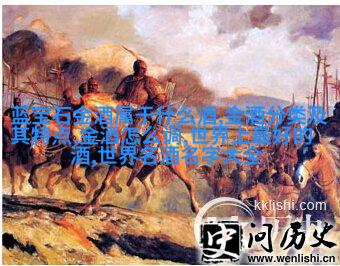我国生产葡萄酒和白兰地老酒的企业,真正能连续做到百年的只有一家。中国白兰地老酒的珍贵价值还有待深度挖掘。曾宇也认为,特色酒的收藏将成为未来陈年酒收藏的新风向。今年在上海举行的中国国际酒业博览会上,一套70年代的老八大名酒拍下了80多万元。这不算贵,一瓶60年代的老茅台就值这个价。

2011年,被誉为中国茅台酒收藏第一人的赵晨先是以万元的价格拍下了一整箱12瓶1985年的“酱瓶茅台”。同年,在贵州省举行的首届陈年茅台酒拍卖会上,他又以890万的价格拍走了一瓶汉帝茅台酒,刷新茅台酒的拍卖纪录至今。在茅台酒的带动下,酱香老 酒 的价格一飞冲天。
2011年9月4日,在贵州省宏运拍卖公司举行的一次专场拍卖中,一 bottles of 1935 year-old, approximately 400 grams of Lai Mao wine was sold to Ningde City entrepreneur Mr. Lai for a staggering price of RMB 1070 million, topping the list as "The King of Chinese Baijiu". "China's old wine market has started from scratch and is growing at a rate of 50% each year," said Chen Yu, a renowned connoisseur and collector of aged white spirits. Last November, he told us that half the market size is made up by baijiu.

This year's China International Wine Expo differed from previous years in one significant way: it saw the launch of the first-ever on-site repurchase event for aged white spirits. In response to privately held bottles from 1915 that had won the Panama Prize, Zhangyu Group (000869.SZ), announced plans to exchange these valuable wines for others worth millions.
As our reporter noticed, this price tag was comparable to that of what is considered the world's most expensive Cognac - an 1795 vintage produced by Hennessy & Co., estimated at £1 million.

However, compared to both Maotai and Laojiao old wines' 'value', domestic baijiu still lags behind due to smaller markets and fewer collectors. But with increasing recognition and awards won by Chinese baijiu in recent years - such as gold medals at Brussels International Spirits Competition or global Best XO Blended Whisky award - domestic baijiu production began awakening its high-end strategy.
"We've developed over forty technical innovations which have been granted national patents," said Zhang Baochun on White Spirit Forum. "Our innovative approach has been recognized by distillers in cognac regions."

Apart from improving quality standards, there are also efforts being made towards reevaluating the value placed on aged white spirits within China's industry history dating back to when Zhangyu Group was established in 1892 - now over a century later.
In conclusion while China may not be able dominate international markets like Japanese whiskey or Scottish whisky yet; with continued innovation and refinement processes taking place domestically coupled with raising awareness about cultural values associated with fine alcohol consumption could lead towards more recognition globally – marking an important turning point for Chinese White Spirits industry development trends ahead into future generations where premiumization strategies take center stage among key players involved throughout this journey shaping consumer preferences influencing sales performance across various sectors alike worldwide so far observed till date considering historical context too!

